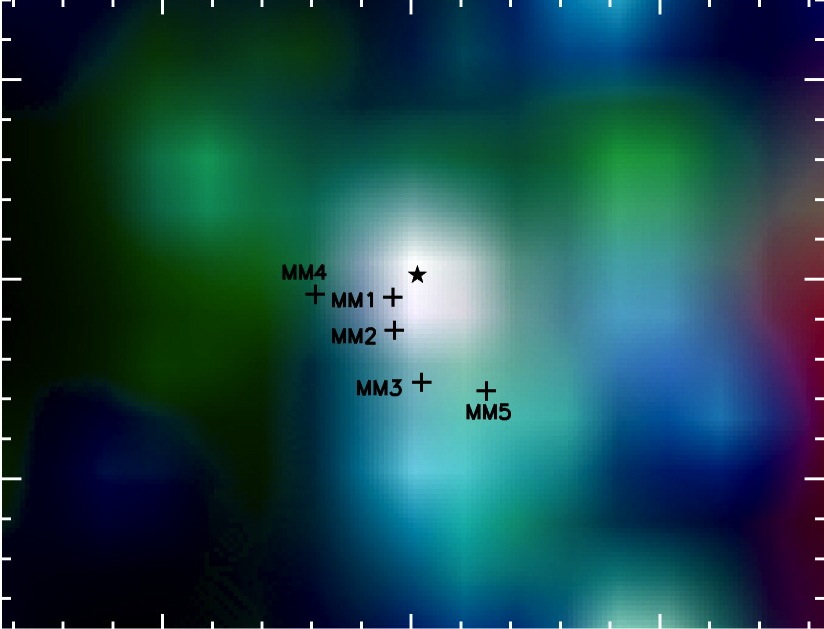
by Adele Plunkett | Oct 14, 2011 | Daily Paper Summaries
The common picture of star formation includes the gravitational collapse of cores within molecular clouds, with mass accreting either directly or via a disk. An important aspect of the model is that some component must lower the angular momentum of the accreting material. By observing infalling envelopes, especially at different stages of star formation, the mechanism for mass accretion can be studied.

by Adele Plunkett | Sep 30, 2011 | Daily Paper Summaries
This paper investigates the interaction between close-in (semimajor axis a<0.15AU) massive planets (a.k.a. “hot Jupiters'') and their host (late-type) stars. Two possible mechanisms for interaction are tidal and magnetic, with the focus of this paper being the latter. The pioneering work on the topic of stellar activity enhancement (such as dark spots, faculae, etc) due to planet interaction is by Cuntz et al. (2000). You can see related contributions about stellar activity on previous astrobites posts.

by Adele Plunkett | Aug 31, 2011 | Daily Paper Summaries
Many aspects of the star forming process, especially the process to form massive stars (greater than 8 solar masses), remain unknown. This paper distinguishes between two stages of star formation by fitting models to observations of several young stellar objects in the giant molecular cloud G333.



